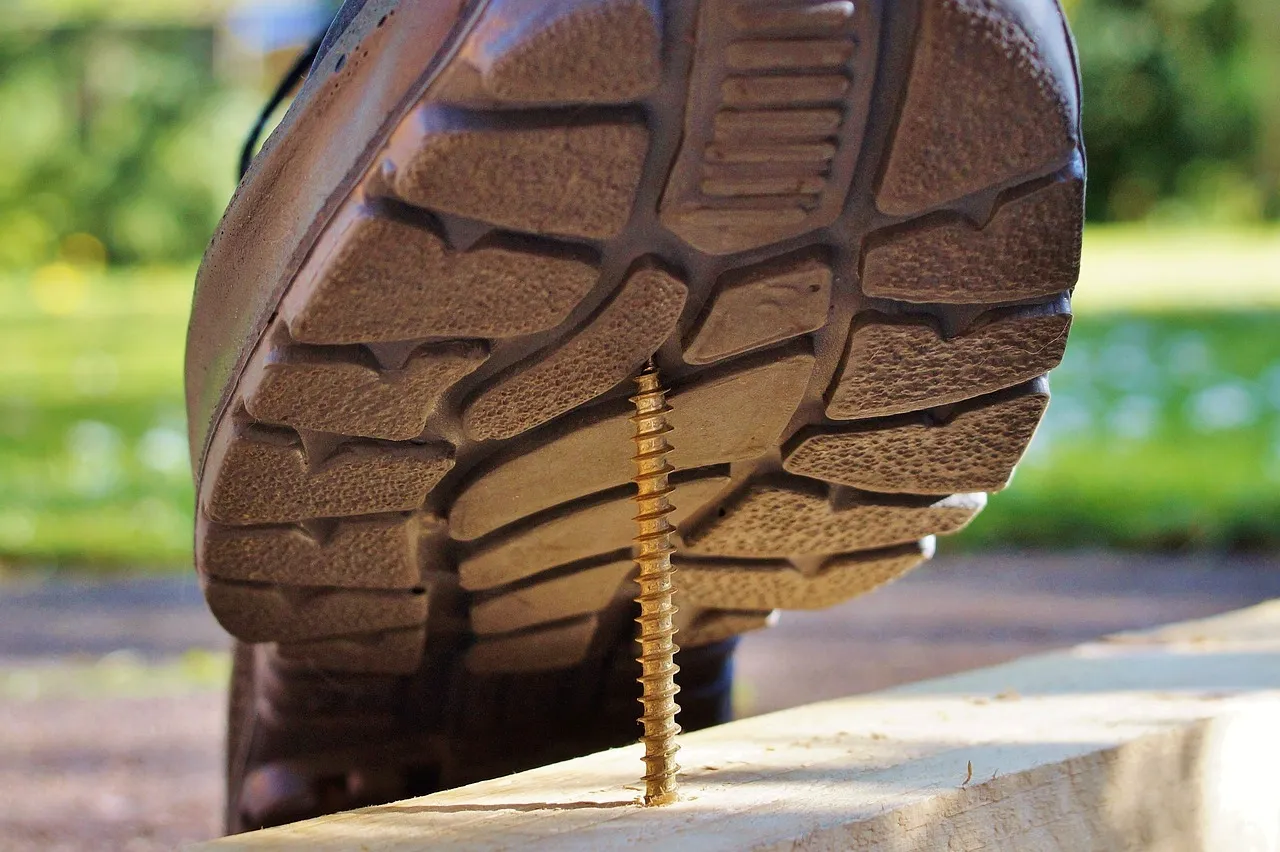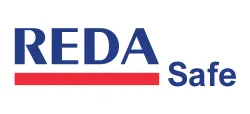Essential Safety Shoes FAQs: Top Questions Answered for Maximum Foot Protection

Introduction
When it comes to safety in the workplace, the importance of donning the right footwear is often overlooked. Stepping into the right pair of safety shoes is not just about ticking a compliance box; it's about safeguarding your most fundamental base of support—your feet. From preventing injuries due to sharp objects, falls on slippery surfaces, or the impact of heavy materials, the right pair of safety shoes acts as a protective shield for your feet. Dive into our comprehensive FAQ, as we demystify the nuances of safety shoes, answering your top queries to ensure maximum foot protection.
What is the regulation for safety shoes?
Safety shoes are essential in certain workplaces. Employers mandate that such footwear is worn consistently, even if no immediate hazard is present. These shoes should feature a leather upper, boast oil-resistant and non-skid soles, and adhere to ASTM 2413-05 standards. Specifically, they must have an impact resistance and compression resistance rating both set at 75.
Why do workers wear safety shoes?
Workers wear safety shoes to prioritize their protection on the job. Much like other personal protective gear, safety footwear is crafted to mitigate injury risks and lessen injury severity. These shoes come equipped with essential features including slip-resistant soles, reinforced toes for impact protection, water-resistant materials, and supportive arch design.
Do I have to wear safety shoes at work?
If you're working in environments with hazardous materials, heavy objects, or potential foot injury risks, wearing safety shoes at work is essential for protection.
What are the OSHA rules for shoes?
While OSHA doesn't set explicit guidelines for wearing open-toe shoes in offices, their foot protection standard (29 CFR 1910.136(a)) mandates protective footwear in work zones prone to foot injuries. This includes risks from falling objects, objects that could pierce shoe soles, or potential electrical hazards to the feet.
What is the difference between safety boots and safety shoes?
Safety shoes and safety boots serve protective purposes, but with distinct differences. Safety shoes tend to be more comfortable and are a preferred choice for those on their feet for extended periods. Their streamlined design and smaller size make them notably lighter than the bulkier safety boots.
Are safety shoes good for feet?
While safety shoes are crafted with robust materials to shield feet from job-related injuries, they can limit the foot's natural flexibility. Prolonged use may result in joint stiffness and consistent discomfort.
What are the disadvantages of safety shoes?
- Choosing the wrong shoe design for specific tasks.
- Mismatch in shoe width or toe cap size.
- Overbearing weight, making all-day wear challenging.
- Unsuitable sole material lacking desired traits like anti-slip or anti-static.
- Insufficient foot support leading to potential knee and back issues.
- Dilemma between steel vs. composite toe caps, with one typically outperforming the other.
Are safety shoes anti slip?
Anti-slip features are common in safety shoes, designed specifically to reduce the risk of slips and falls on wet or oily surfaces. In accordance with DOSH Sirim PPE Regulations, genuine safety shoes are required to offer protection against such slippery conditions.
Should safety shoes be tight or loose?
Safety shoes should strike a balance – neither overly tight nor too loose. They should offer a snug fit, akin to swaddling a baby, providing noticeable support without causing discomfort.
Why are safety shoes so big?
Safety shoes often fit larger due to their built-in hard cap, ensuring there's no stretch in the toe box. It's essential for your toes not to touch the shoe's end, hence they're designed about a half size bigger than regular footwear.
Can you wear steel toe boots all day?
While steel toe boots provide robust protection due to their steel construction, wearing them for extended periods might be less comfortable. The weight and rigid design can potentially lead to discomfort, bruises, and calluses on the feet.
What is the difference between safety shoes and non slip shoes?
Non-slip shoes are primarily designed to grip wet or slick surfaces due to their rubber soles and unique tread patterns. In contrast, safety shoes offer added protection beyond just slip-resistance, ensuring a safer and more stable work environment.
Do safety shoes expire?
Do safety shoes have an expiration date? Indeed, the majority of safety footwear comes with a recommended usage period of two years. It's crucial to wear them within this timeframe to prevent hydrolysis, a process that can compromise their integrity.
What is the difference between safety shoes and normal shoes?
What sets safety shoes apart from regular shoes? Safety shoes are enhanced with features like steel or composite toe caps, which while adding a bit more weight, provide vital protection against impacts. Additionally, the robust upper materials contribute to their distinct, sturdy feel compared to standard footwear.
Are safety shoes anti slip?
Do safety shoes offer anti-slip protection? Absolutely! Anti-slip safety shoes are specifically designed to guard against slips, trips, and falls on slick or oily terrains. In compliance with DOSH Sirim PPE standards, genuine safety footwear is equipped to ensure maximum grip on slippery surfaces.
Are safety shoes fashionable?
Can safety shoes be stylish? Definitely! Modern safety footwear offers a diverse range of designs, from sporty sneakers to formal dress shoes. They're perfect even for professionals like engineers who frequent safety-required zones. Plus, certain steel-toe shoe brands have gained popularity in trendy subcultures like punk, skinhead, and riverhead.
How do safety shoes protect you?
How do safety footwear shield you? Safety shoes provide essential protection against punctures, lacerations, thermal hazards, and impactful forces. Moreover, their enhanced traction minimizes the risk of slips and falls on uneven or slick terrains, safeguarding against severe injuries like fractures and concussions.
What are the effects of safety shoes?
How can safety footwear impact you? Inferior safety shoes can lead to injuries like sprains, blisters, corns, and even the risk of amputation. Moreover, incorrect or subpar footwear can compromise posture, potentially resulting in back discomfort.
What is appropriate footwear for work?
What footwear is best for workplace safety? At a minimum, workers should don durable shoes covering the entire foot up to the ankle, especially in areas demanding protective footwear. For risks involving dropping, compression, or crushing, consider shoes with removable safety toe caps/guards.
Why is foot protection important?
Why protect your feet at work? Foot protection is vital due to threats like falling objects, sharp materials, electrical risks, corrosives, heat, and slippery conditions. Each type of safety footwear offers specific defense mechanisms.
Conclusion
Navigating the intricacies of safety footwear, it's evident that safety shoes are more than just an accessory; they're a necessity for many professions. From adhering to regulations such as ASTM 2413-05 to offering paramount protection against potential foot hazards, the role of safety shoes in occupational settings cannot be overstated. With diverse designs catering to both protection and style, they serve as a blend of functionality and fashion. However, the efficacy of these shoes is only as good as their fit and appropriateness for the specific task at hand. As we've explored through the FAQs, choosing the right safety shoes not only ensures compliance with workplace regulations but also guarantees optimal foot protection, reducing the risk of injuries. In essence, when it comes to foot safety in high-risk environments, investing in the right pair of safety shoes is paramount.
